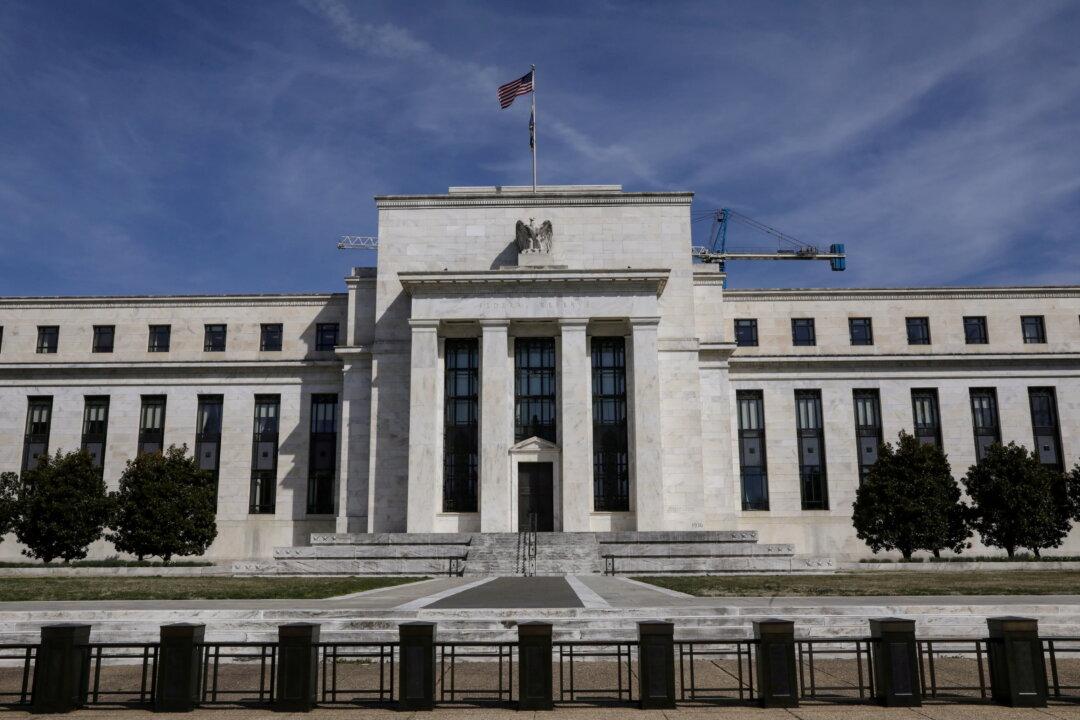The Federal Reserve announced a smaller 0.50 percentage point rate hike on Dec. 13, as expected, as it begins to dial back its efforts to fight inflation.
The news came as Fed policymakers held their two-day Dec. 13–14 Fed policy meeting.

The Federal Reserve announced a smaller 0.50 percentage point rate hike on Dec. 13, as expected, as it begins to dial back its efforts to fight inflation.
The news came as Fed policymakers held their two-day Dec. 13–14 Fed policy meeting.